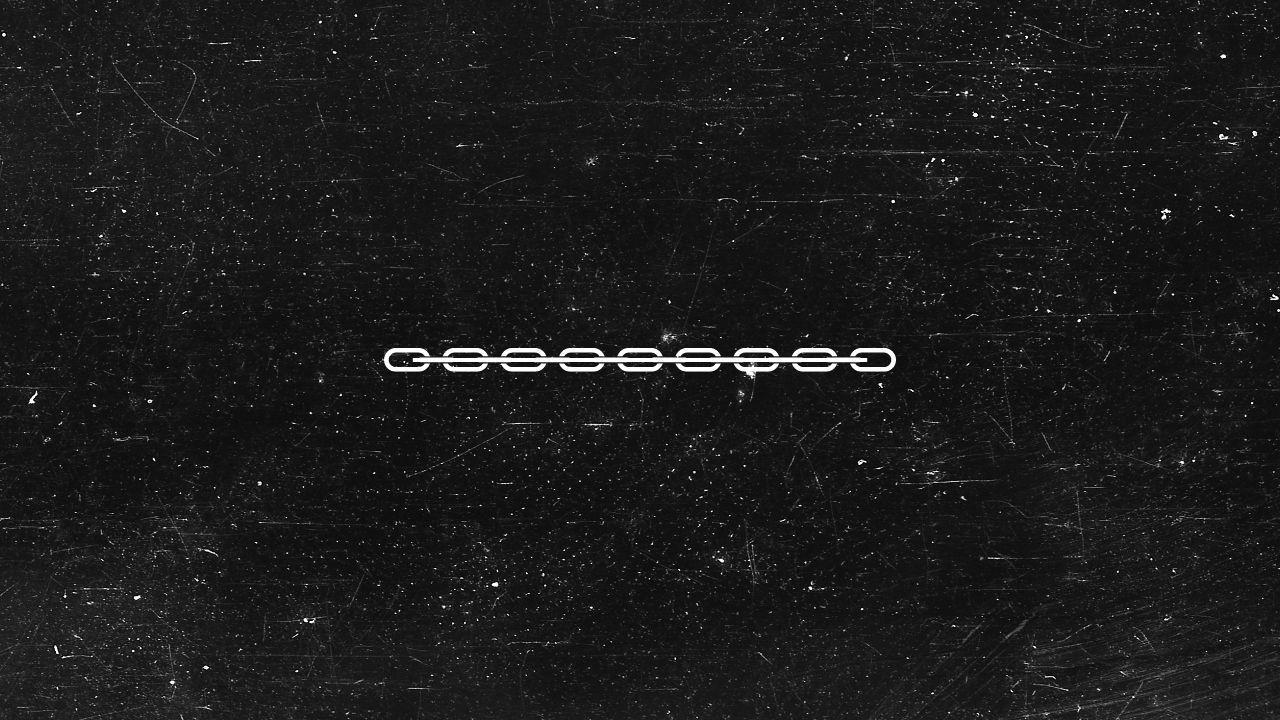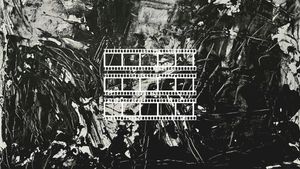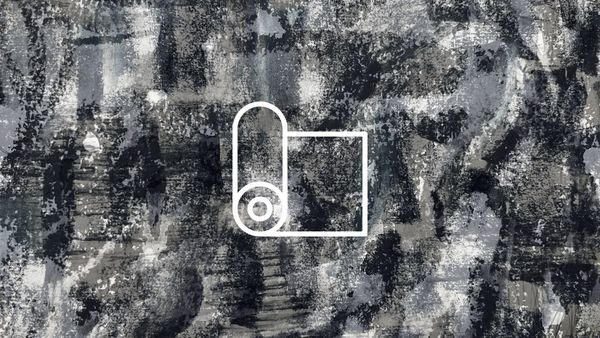Sidechaining is an audio process used in music production and sound design in film that creates an effect that sounds impressive and improves mixdowns.
It is typically a process done during production, not post production, applied on vocals, drums, bass guitars, and more.
If you’re new to music production, sidechaining isn’t too complicated to learn early on.
And if you produce EDM—anything from house and techno to dubstep and drum and bass—sidechaining is an effect you’ll want to have in your arsenal – if not now, but later on.
In short, sidechaining is used to create an effect similar to volume leveling. When the audio source is louder than the compressor, the compressor reduces the input signal.
When the audio source gets quieter than the compressor, the output signal increases. This process creates a dynamic effect.
For all the information you need on sidechaining, compression, sidechain compression, and how to sidechain, make sure to keep reading.
What is a Sidechain?
A sidechain is a process between two or more audio signals. When used in music production, it’s called sidechaining.
A sidechain connects one channel’s output to another channel’s input.
So, if a signal from channel A is connected to channel B, then any changes in the signal on channel A will affect the signal on channel B.
As a result, you can use sidechaining to apply a sidechain effect to two or more mixer channels without affecting the overall master mix.
Sidechaining in music production is typically done using a compressor, which can be an analog compressor or digital compressor assigned to an audio channel within your DAW.
What Is Compression in Music?
Compression is one of the most widely used audio processing effects used in music production.
For audio signals—recorded or during recording—compression works by “squashing” the signal to increase the volume of quieter sounds and reduce the volume of louder sounds.
The result is a decrease in dynamics, but a more consistent volume range. For audio tracks such as vocals and kick drums, compression is beneficial to the mix by keeping the sounds audible throughout.
Compressor effects can be made using an analog compressor (hardware) or digital compressor (software plugin).
Of course, there are times where dynamic volume is needed, so too much compression can have an adverse effect.
Similarly, if an audio signal is overly compressed, or not compressed properly, it can sound unnatural or even boxy, strained, and overdriven.
What is Sidechain Compression?
Sidechain compression is the main way to sidechain an audio track. When one track is sidechained to another track, that track will change volume based on the volume of the track it is sidechained to.
In other words, sidechain compression is a great audio processing method for making audio tracks stand out when heard, while at the same time improving the sound and quality of a final mixdown.
For example, kicks drums and bass guitars share the same low frequency range. Heard together, the two tracks can sound muddy if not properly EQed.
But while EQ is one way to mix the tracks together, sidechain compression can also be used to make each track cut in and out of each other, boosting their clarity.
So, this technique works well when you want to cut out frequencies that typically clash when played together. It can also be used to create a “pumping” effect that is commonly used in modern 4/4 dance music.
What Does Sidechain Compression Sound Like?
When two signals are sidechained together, one track will reduce in volume as the other track increases in volume.
The result is an audio effect that sounds like one sound is coming in while the other is coming out, which can be compared to a hydraulic “pumping” effect that gives the mixdown a sense of in and out movement.
This is particularly noticeable in EDM genres such as house and techno, where as the kick drum is heard, other instruments, such as the bassline or vocals, move in and out of each other in an alternated, syncopated fashion.
Ultimately, when it sounds like one sound is repeatedly increasing in volume as other sounds are simultaneously decreasing in volume, the chances are the producer used sidechain compression.
Where is Sidechaining Used?
Sidechaining is used in many different ways. Some examples include:
- increasing the audible prominence of a kick drum
- improving clarity of kick drums and bass when mixed together
- changing vocal dynamics
- providing a sense of movement to synthesized melodies
Those are just a few examples, all commonly used in music production.
Sidechaining is also used in film sound design, however, for the same desired effect. A good example is when there is a backing track layered underneath loud sounds such as gunshots, explosions, or car engine noises.
In this case, sidechaining would be used to automatically reduce the volume of the music track as these sounds are heard to improve audio clarity.
How to Use Sidechain Compression
So, how do you use sidechain compression?
To start experimenting with sidechain compression, you’ll need a DAW, as well as a compressor. This can be analog or digital.
Using software is the easiest way to do this, which can be done through a built-in DAW compressor or a third-party compressor plugin of your choice.
As an example, you may have two audio channels: a kick drum and a bass guitar. To set up sidechain compression, you would apply a compressor to the bass channel, then bus route it to the kick drum channel.
The final step is to adjust the threshold and ratio settings on the compressor to modify the effect of the sidechain.
Conclusion
Sidechaining, also called sidechain compression, is an effective audio process used to control the volume or dynamics of two or more audio channels playing together.
As one signal increases in volume, the other decreases, which can improve mix clarity and create a “pumping” effect common in modern electronic dance music.
Sidechaining involves applying a compressor to one mixer channel that’s linked to another channel within a digital audio workstation.
Once the compressor settings are adjusted, the two signals will move in and out of each other when played at the same time.
For new and experienced music producers, sidechaining is an effect that is easy to do for improving mix clarity without always having to use an equalizer.








Member discussion